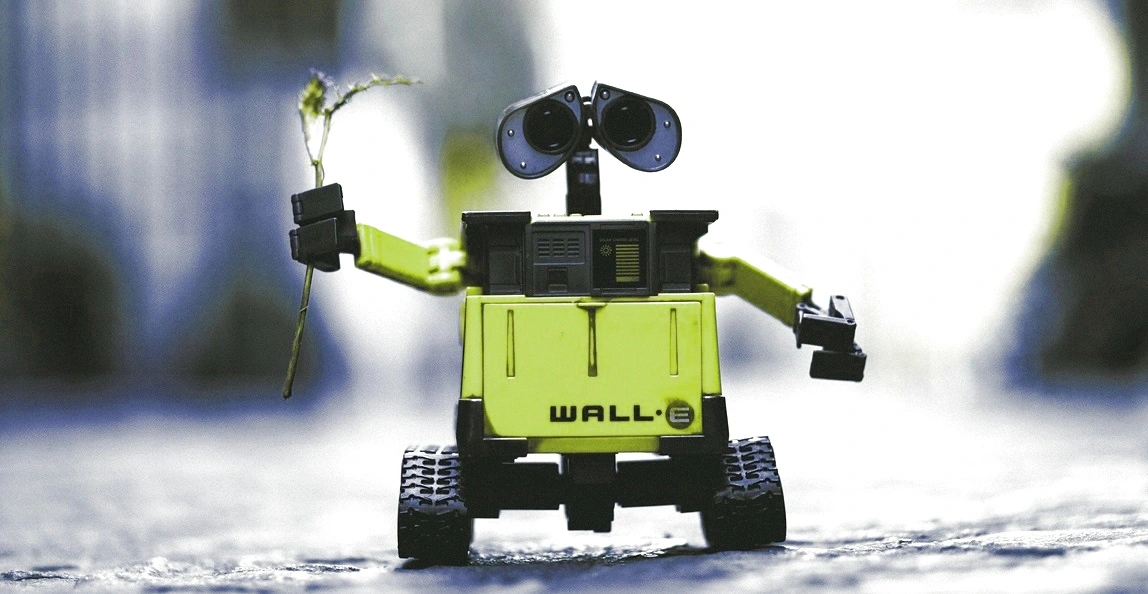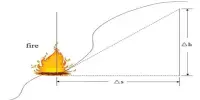Engineers at the University of California, San Diego, have created a low-cost, low-power device to assist robots in properly mapping their path indoors, even in low-light conditions and in the absence of recognizable landmarks or features. Instead of light, the technique uses WiFi signals to assist the robot ‘see’ where it is going.
The system consists of sensors that utilize WiFi signals to assist the robot in mapping its path. It’s a fresh take on indoor robot navigation. The majority of systems rely on optical light sensors like cameras and LiDARs.
In this case, the so-called “WiFi sensors” use radio frequency signals rather than light or visual cues to see, so they can work in conditions where cameras and LiDARs struggle — in low light, changing light, and repetitive environments such as long corridors and warehouses. And by using WiFi, the technology could offer an economical alternative to expensive and power-hungry LiDARs, the researchers noted.
A team of researchers from the Wireless Communication Sensing and Networking Group, led by UC San Diego electrical and computer engineering professor Dinesh Bharadia, will present their work at the 2022 International Conference on Robotics and Automation (ICRA).
We can use WiFi signals, which are practically free, to accomplish robust and reliable sensing in visually demanding conditions. WiFi sensing could potentially replace expensive LiDARs and complement other low cost sensors such as cameras in these scenarios.
Dinesh Bharadia
“We are surrounded by wireless signals virtually everywhere we go. The beauty of this work is that we can use these common signals to accomplish interior localization and mapping with robots “said Bharadia
“We have built a new kind of sensing modality using WiFi that fills in the gaps left behind by today’s light-based sensors, and it can enable robots to navigate in scenarios where they currently cannot,” said Aditya Arun, an electrical and computer engineering Ph.D. student in Bharadia’s lab and the study’s first author.
The researchers used off-the-shelf hardware to build their prototype system. The system is made up of a robot that has been outfitted with WiFi sensors made from widely available WiFi transceivers. These devices send and receive wireless signals to and from the environment’s WiFi access points. What distinguishes these WiFi sensors is that they constantly communicate with the WiFi access points in order to map the robot’s location and direction of travel.
“This two-way communication is already happening between mobile devices like your phone and WiFi access points all the time — it’s just not telling you where you are,” said Roshan Ayyalasomayajula, who is also an electrical and computer engineering Ph.D. student in Bharadia’s lab and a co-author on the study. “Our technology piggybacks on that communication to do localization and mapping in an unknown environment.”

Here’s how it works. At first, the WiFi sensors are unaware of the robot’s location or the location of any WiFi access points in the area. It’s like playing a game of Marco Polo: as the robot progresses, the sensors cry out to the access points and listen for their responses, which serve as landmarks. The crucial point here is that each incoming and outgoing wireless signal has its own unique physical information — an angle of arrival and direct path length to (or from) an access point — that can be utilized to determine where the robot and access points are in respect to each other.
Algorithms developed by Bharadia’s team enable the WiFi sensors to extract this information and make these calculations. As the call and response continue, the sensors pick up more information and can accurately locate where the robot is going.
The researchers put their equipment to the test on an office building floor. They installed many access points across the facility and outfitted a robot with WiFi sensors, a camera, and a LiDAR to perform measurements for comparison. The researchers programmed their robot to travel around the floor multiple times, turning corners, walking down long and tight passageways, and passing through both bright and poorly illuminated areas.
The accuracy of localization and mapping given by the WiFi sensors in these tests was comparable to that of the commercial camera and LiDAR sensors. “We can use WiFi signals, which are practically free,” Arun explained, “to accomplish robust and reliable sensing in visually demanding conditions. WiFi sensing could potentially replace expensive LiDARs and complement other low cost sensors such as cameras in these scenarios.”
That is what the team is now investigating. The researchers plan to combine WiFi sensors (which provide accuracy and dependability) with cameras (which provide visual and contextual information about the environment) to create a more comprehensive, yet low-cost, mapping solution.
















